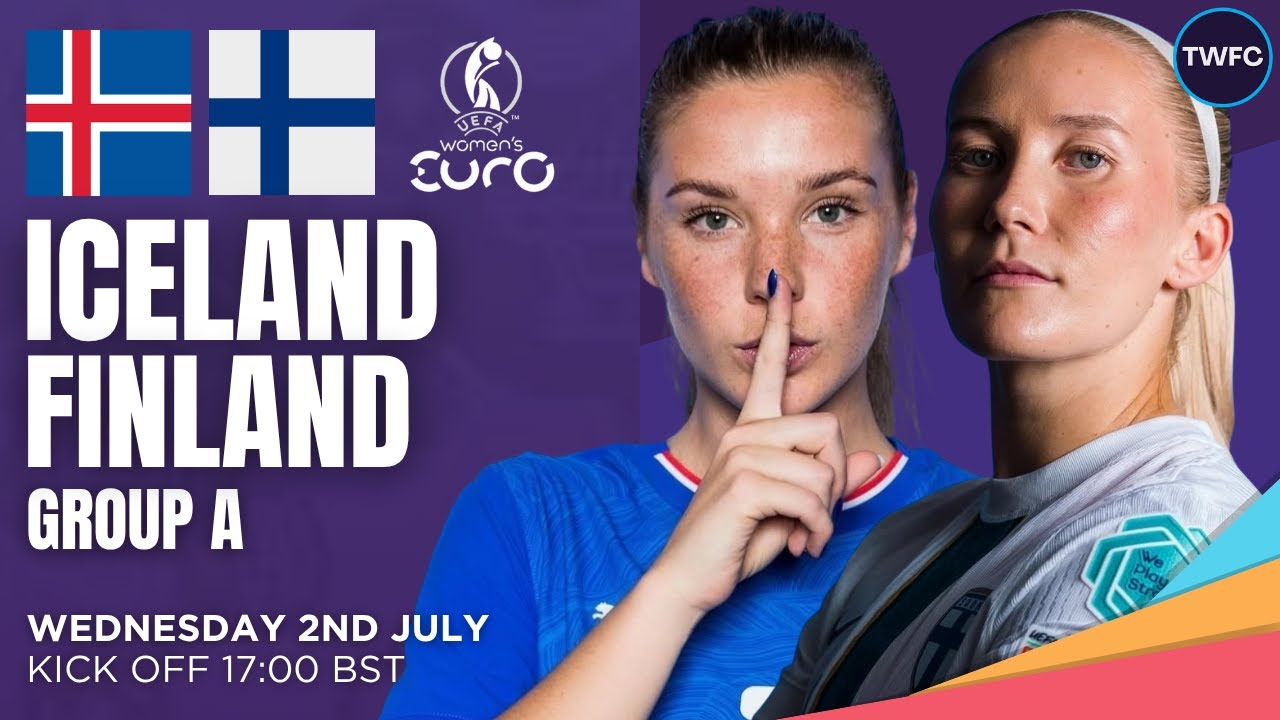
Introduction
The Nordic countries of Iceland and Finland, though often grouped together, present distinct contrasts in terms of their geography, culture, and lifestyle. Understanding these differences is pivotal for both travellers and scholars interested in Northern European affairs. With their unique landscapes and rich histories, Iceland and Finland offer intriguing points of comparison that illuminate the varied experiences of living in the Nordic region.
Geographical Distinctions
Iceland, an island nation located in the North Atlantic, is well-known for its dramatic volcanic landscapes, geysers, and hot springs. The country’s sparse population, around 370,000, is heavily concentrated in the capital, Reykjavík. The unique geography influences Iceland’s economy, heavily reliant on fisheries, renewable energy, and tourism.
Finland, on the other hand, is situated in Northern Europe and shares borders with Russia, Sweden, and Norway. It boasts a population of approximately 5.5 million, with a more even distribution across urban and rural regions. Finland is famous for its thousands of lakes, forests, and distinct four-season climate, which shapes its economy and lifestyle, focusing on technology, manufacturing, and services.
Cultural Aspects
Culturally, Iceland is steeped in Norse mythology and medieval sagas, and this literary heritage is celebrated through various festivals and events. Traditional music styles, such as folk songs and contemporary pop, reflect a unique blend of old and new, showcasing artists like Björk and Sigur Rós.
In contrast, Finnish culture is heavily influenced by its history as a part of various empires before gaining independence in 1917. The country values education, design, and a progressive lifestyle, exemplified by the world-renowned education system and iconic design brands like Marimekko. Finnish traditions such as sauna culture and Midsummer Festival highlight the people’s relationship with nature.
Social and Economic Factors
In terms of social welfare, both countries have robust systems, yet they operate differently. Iceland has a smaller, close-knit community that allows for personal connections and local engagement, while Finland’s larger population includes diverse communities, enhancing cultural richness.
Economically, both nations are modern and high-income but have different strengths. Iceland’s focus on tourism, especially in recent years, has brought economic growth despite the recent impacts of the pandemic. Conversely, Finland thrives on a technology-driven economy, being home to major companies like Nokia and various start-ups contributing to a vibrant innovation ecosystem.
Conclusion
In conclusion, while Iceland and Finland share geographic proximity and certain cultural ties as Nordic countries, they remain unique in multiple aspects, from geography and culture to socio-economic structures. Understanding these differences is critical for appreciating the diverse tapestry of life in the Nordic region. As both nations continue to navigate modern challenges, including climate change and economic sustainability, their varying approaches present valuable lessons for each other and the world at large.
You may also like

Abhishek Sharma: The Next Big Thing in Indian Cricket

The Rise of Donovan Ferreira in Professional Golf
